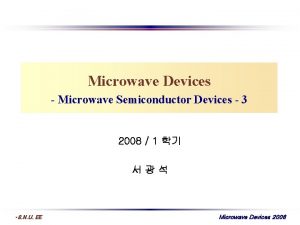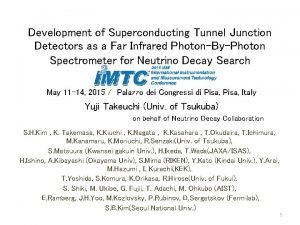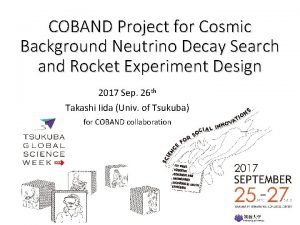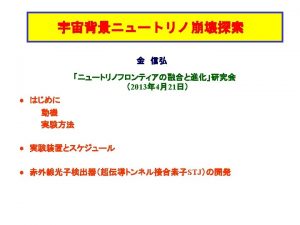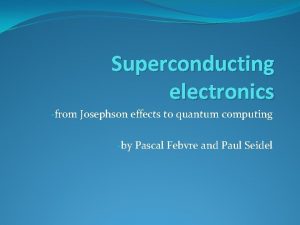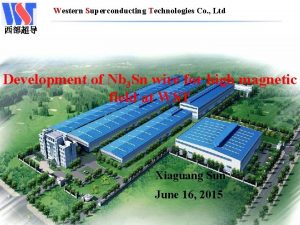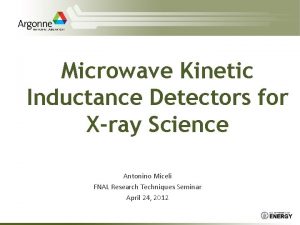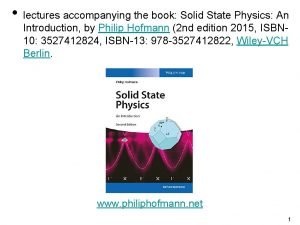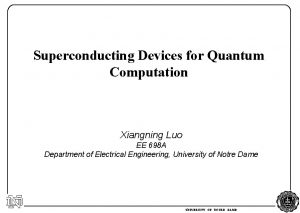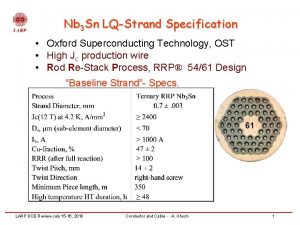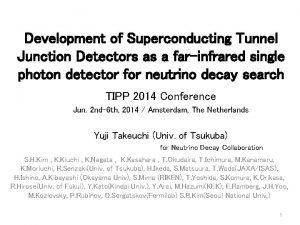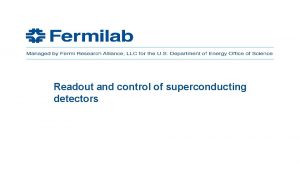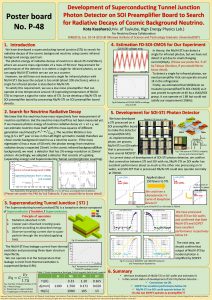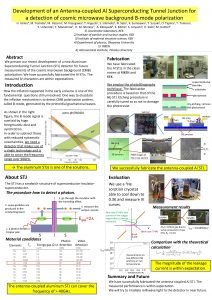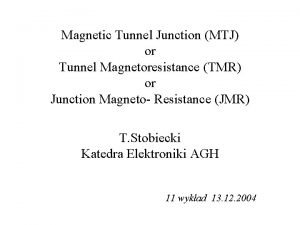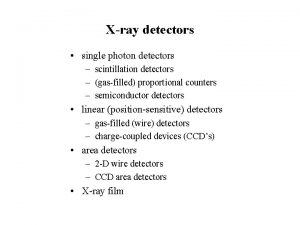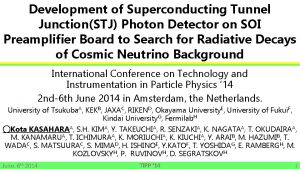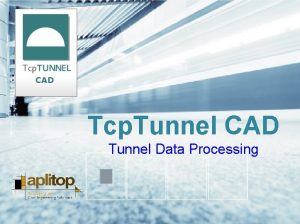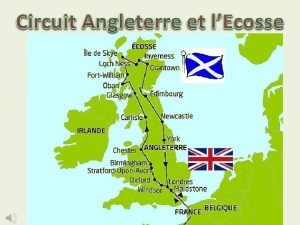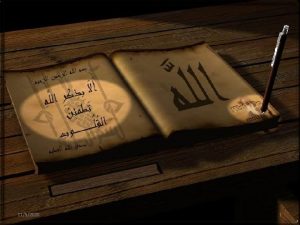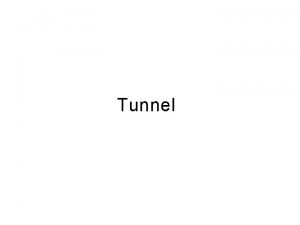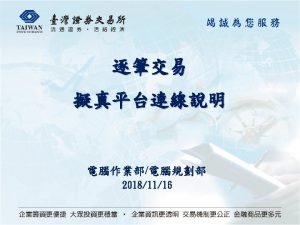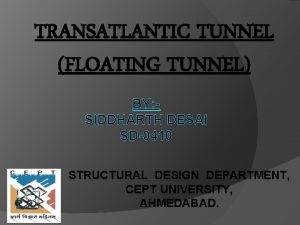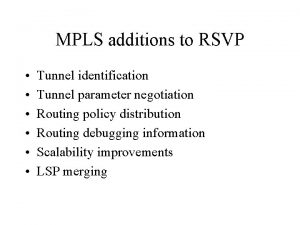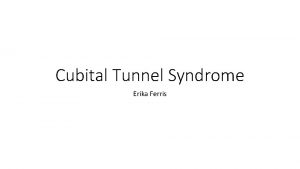Development of Superconducting Tunnel Junction Detectors as a






![Surface brightness I [MJy/sr] CIB summary from Matsuura et al. (2011) ZE AKARI Surface brightness I [MJy/sr] CIB summary from Matsuura et al. (2011) ZE AKARI](https://slidetodoc.com/presentation_image_h/b5f265827ef46b72a3e95729054d256e/image-7.jpg)




![Surface brightness I [MJy/sr] Expected precision in the spectrum measurement Zodiacal Emission CMB • Surface brightness I [MJy/sr] Expected precision in the spectrum measurement Zodiacal Emission CMB •](https://slidetodoc.com/presentation_image_h/b5f265827ef46b72a3e95729054d256e/image-12.jpg)












- Slides: 24

Development of Superconducting Tunnel Junction Detectors as a Far Infrared Photon-By-Photon Spectrometer for Neutrino Decay Search May 11 -14, 2015 / Palazzo dei Congressi di Pisa, Italy Yuji Takeuchi (Univ. of Tsukuba) on behalf of Neutrino Decay Collaboration S. H. Kim , K. Takemasa, K. Kiuchi , K. Nagata , K. Kasahara , T. Okudaira, T. Ichimura, M. Kanamaru, K. Moriuchi, R. Senzaki(Univ. of Tsukuba), S. Matsuura (Kwansei gakuin Univ. ), H. Ikeda, T. Wada(JAXA/ISAS), H. Ishino, A. Kibayashi (Okayama Univ), S. Mima (RIKEN), Y. Kato (Kindai Univ. ), Y. Arai, M. Hazumi , I. Kurachi(KEK), T. Yoshida, S. Komura, K. Orikasa, R. Hirose(Univ. of Fukui), S. Shiki, M. Ukibe, G. Fujii, T. Adachi, M. Ohkubo (AIST), E. Ramberg, J. H. Yoo, M. Kozlovsky, P. Rubinov, D. Sergatskov (Fermilab), S. B. Kim(Seoul National Univ. ) 1

Contents • Introduction to neutrino decay search – Proposed rocket experiment – Prospects for the neutrino decay search • Candidates for photon-by-photon spectrometer in the far-infrared region – Nb/Al-STJ with diffraction grating – Hf-STJ • Summary 2

Neutrino • 3

Density (cm-3) The universe is filled with neutrinos. However, they have not been detected yet! C B (~1 s after the big bang) 4

Motivation of -decay search in C B • SM: SU(2)Lx U(1)Y PRL 38, (1977)1252, PRD 17(1978)1395 LRS: SU(2)LxSU(2)RxU(1)B-L 1026 enhancement to SM 5

Photon Energy in Neutrino Decay Two body decay m 3=50 me. V E =24. 8 me. V m 2=8. 7 me. V m 1=1 me. V E =24 me. V d. N/d. E(a. u. ) Red Shift effect E =4. 4 me. V Sharp Edge with 1. 9 K smearing 6
![Surface brightness I MJysr CIB summary from Matsuura et al 2011 ZE AKARI Surface brightness I [MJy/sr] CIB summary from Matsuura et al. (2011) ZE AKARI](https://slidetodoc.com/presentation_image_h/b5f265827ef46b72a3e95729054d256e/image-7.jpg)
Surface brightness I [MJy/sr] CIB summary from Matsuura et al. (2011) ZE AKARI COBE CMB ZL ISD DGL at λ= 50μm C B decay SL wavelength [ m] E [me. V] λ= 50 μm E =25 me. V excluded by S. H. Kim et. al 2012 7

Detector requirements • 8

Superconducting Tunnel Junction (STJ) Detector • Superconductor / Insulator /Superconductor Josephson junction device Δ: Superconducting gap energy 9

STJ energy resolution Statistical fluctuation in number of quasi-particles determines energy resolution Smaller superconducting gap energy Δ yields better energy resolution Δ: Superconducting gap energy F: fano factor E: Photon energy Si Tc[K] Nb Al Hf 9. 23 1. 20 0. 165 0. 172 0. 020 Δ[me. V] 1100 1. 550 Tc : SC critical temperature Need ~1/10 Tc for practical operation Nb Hf Well-established as Nb/Al-STJ Hf-STJ is not established as a practical photon detector yet (back-tunneling gain from Al-layers) Nq. p. =25 me. V/1. 7Δ=9. 5 Poor energy resolution, but a single-photon detection is possible in principle Nq. p. =25 me. V/1. 7Δ=735 2% energy resolution is achievable if Fano factor <0. 3 for a single-photon In both cases, developments are challenging 10

Proposal of a rocket experiment with a diffraction grating and Nb/Al-STJ array combination Nb/Al-STJ array 8 rows 50 columns 11
![Surface brightness I MJysr Expected precision in the spectrum measurement Zodiacal Emission CMB Surface brightness I [MJy/sr] Expected precision in the spectrum measurement Zodiacal Emission CMB •](https://slidetodoc.com/presentation_image_h/b5f265827ef46b72a3e95729054d256e/image-12.jpg)
Surface brightness I [MJy/sr] Expected precision in the spectrum measurement Zodiacal Emission CMB • Zodiacal Light ISD DGL C B decay SL Integrated flux from galaxy counts wavelength [ m] 12

Sensitivity to neutrino decay Parameters in the rocket experiment simulation • • • telescope dia. : 15 cm 50 -column ( : 40 m – 80 m) 8 -row array Viewing angle per single pixel: 100 rad Measurement time: 200 sec. Photon detection efficiency: 100% • • Can set lower limit on 3 lifetime at 4 -6 1014 yrs if no neutrino decay observed If 3 lifetime were 2 1014 yrs, can observe the signal at 5 significance level 13

Status of Nb/Al-STJ photon detector development Requirements for Nb/Al-STJ • Single-photon detection for E =25 me. V ( =50 m) • Detection efficiency: ~1 • Dark count rate < 30 Hz leak current < 0. 1 n. A • Sensitive area: 100 m 100 n. A 10 n. A 50 m Nb/Al-STJ fabricated in CRAVITY at AIST 1 n. A • Ileak<1 n. A achieved at AIST 100 p. A • Will test STJs with a smaller junction size Leakage 2. 9 mm M. Ukibe et al. , Jpn. J. Appl. Phys. 51, 010115 (2012) M. Ohkubo et al. , IEEE Trans. Appl. Super, 2400208 (2014) 0. 1 n. A Temperature(K) 0. 3 0. 4 0. 5 0. 6 0. 7 14

100 x 100 m 2 Nb/Al-STJ response to 465 nm multi-photons Laser pulse trigger 10 M 465 nm laser through optical fiber 2 V/DIV 100 x 100 m 2 Nb/Al-STJ fabricated at CRAVITY 40μs/DIV Charge sensitive pre-amp. shaper amp. STJ T~350 m (3 He sorption) Dispersion of pulse height is consistent with 10~40 -photon detection in STJ We observed a response of Nb/Al-STJs to NIR-VIS photons at nearly singlephoton level with a charge amplifier at the room temperature • Response time of STJ: O(1μs) Due to the readout noise, we have not achieved a FIR single-photon detection Need ultra-low noise readout system for STJ signal 15

Development of SOI-STJ • SOI: Silicon-on-insulator – CMOS in FD-SOI is reported to work at 4 K by T. Wada (JAXA), et al. Phys. 167, 602 (2012) • A development of SOI-STJ for our application – STJ layer is fabricated directly on SOI pre-amplifier and cooled down together with STJ • Started test with Nb/Al-STJ on SOI with p-MOS and n-MOS FET 640 um STJ Nb SOI STJ metal pad SOI-STJ 2 circuit C G D S capacitor 700 um STJ lower layer has electrical contact with SOI circuit via FET 16

1 m. A/DIV drain-source current FD-SOI on which STJ is fabricated 1 A 2 m. V/DIV 1 n. A B~150 Gauss 1 p. A -0. 2 0. 4 0. 6 0. 8 gate-source voltage (V) n. MOS-FET in FD-SOI wafer on which a STJ is fabricated at KEK I-V curve of a STJ fabricated at KEK on a FD-SOI wafer • Both n. MOS and p. MOS-FET in FD-SOI wafer on which a STJ is fabricated work fine at temperature down to ~100 m. K • We are also developing SOI-STJ where STJ is fabricated at CRAVITY • A charge sensitive pre-amplifier in SOI for STJ readout is also under development 17

Hf-STJ development • We succeeded in observation of Josephson current by Hf-Hf. Ox-Hf barrier layer in 2010 S. H. Kim et. al, TIPP 2011 Hf(350 nm) Si wafer A sample in 2012 B=0 Gauss Hf(250 nm) B=10 Gauss Hf. Ox: 20 Torr, 1 hour anodic oxidation: 45 nm 200× 200μm 2 T=80~177 m. K Ic=60μA Ileak=50 A@Vbias=10 V Rd=0. 2Ω 18

Hf-STJ Response to DC-like VIS light Laser ON Laser pulse: 465 nm, 100 k. Hz ~10μA I Laser OFF V 50μA/DIV 10 u. A/100 k. Hz=6. 2× 108 e/pulse 20μV/DIV We observed an increase of tunnel current in Hf-STJ response to visible light 19

Summary • 20

Backup 21

Energy/Wavelength/Frequency 22

STJ I-V curve • Sketch of a current-voltage (I-V) curve for STJ The Cooper pair tunneling current (DC Josephson current) is seen at V = 0, and the quasi-particle tunneling current is seen for |V|>2 B field Leak current Josephson current is suppressed by magnetic field 23

STJ back-tunneling effect • Quasi-particles near the barrier can mediate Cooper pairs, resulting in true signal gain – Bi-layer fabricated with superconductors of different gaps Nb> Al to enhance quasi-particle density near the barrier – Nb/Al-STJ Nb(200 nm)/Al(10 nm)/Al. Ox/Al(10 nm)/Nb(100 nm) • Gain: 2~ 200 Photon Nb Al Al Nb 24
 Superconducting tunnel junction
Superconducting tunnel junction Stj
Stj Superconducting tunnel junction
Superconducting tunnel junction Superconducting tunnel junction
Superconducting tunnel junction What is your function
What is your function Superconducting electronics
Superconducting electronics Western superconducting
Western superconducting Youtube.com
Youtube.com Mkid
Mkid Meissner effect equation
Meissner effect equation Superconducting devices in quantum optics
Superconducting devices in quantum optics Oxford superconducting technology
Oxford superconducting technology Where are feature detectors located
Where are feature detectors located Feature detectors ap psychology
Feature detectors ap psychology Feature vectors
Feature vectors Feature detectors
Feature detectors Frontier detectors for frontier physics
Frontier detectors for frontier physics Diagnosing error in object detectors
Diagnosing error in object detectors Photo detectors
Photo detectors Streaming potential
Streaming potential Vhv voltage detectors
Vhv voltage detectors Photo detectors
Photo detectors Nuclear detectors
Nuclear detectors Detectors used in hplc
Detectors used in hplc Giant wave detectors murmurs universe
Giant wave detectors murmurs universe
